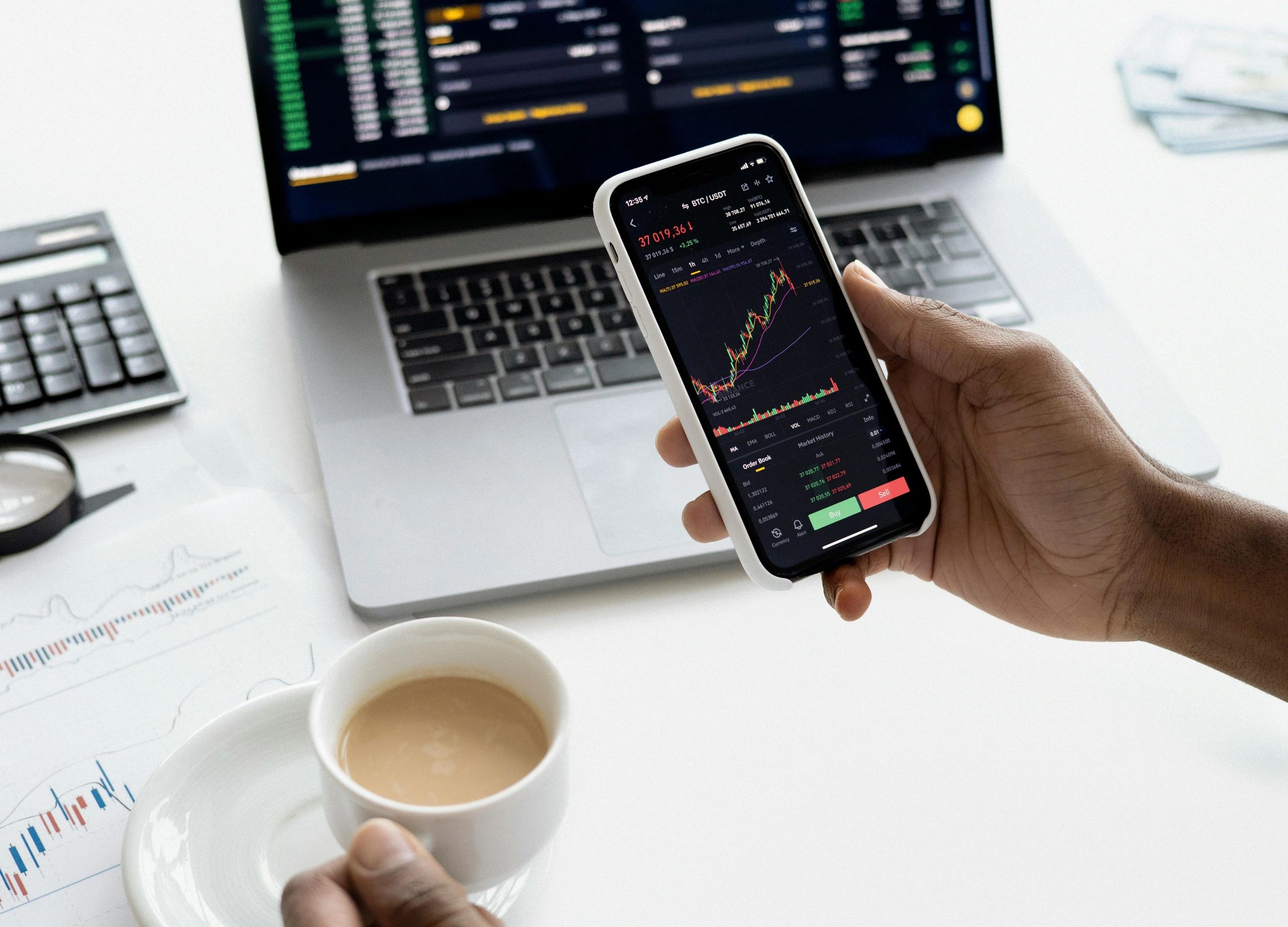In the dynamic world of finance, algorithmic/quantitative/automated trading strategies have emerged as a powerful tool for investors seeking to enhance/maximize/optimize returns. These strategies leverage complex algorithms/models/systems to analyze market data, identify profitable opportunities, and execute trades with high speed/precision/efficiency. By automating the trading process, algorithmic strategies can mitigate/reduce/minimize emotional biases and exploit/capture/harness fleeting market movements that may be missed by human traders.
A variety of algorithmic trading strategies exist, each with its own approach/philosophy/methodology. Some popular strategies include trend following/mean reversion/market making, which aim to capitalize on established market trends/patterns/directions. Others, such as arbitrage/high-frequency trading/news-based trading, exploit price discrepancies/short-term market inefficiencies/real-time information for rapid profit generation.
Successful implementation of algorithmic trading strategies requires a deep understanding of financial markets, programming/data analysis/statistical modeling, and risk management. Investors/Traders/Practitioners must carefully select suitable strategies based on their investment goals, risk tolerance/capital allocation/time horizon. Moreover, ongoing monitoring and optimization/adaptation/fine-tuning are crucial to ensure that strategies remain effective in the constantly evolving market landscape.
Developing Robust Automated Trading Systems
A robust automated trading system requires meticulous structuring and rigorous evaluation. Traders must thoroughly opt for suitable signals to identify potential investment {opportunities|. Traders should also implement risk management tools to mitigate potential losses. Furthermore, continuous assessment of the system's performance is crucial for improvement.
Algorithmic Analysis and Backtesting of Trading Algorithms
Successful algorithmic trading hinges on extensive quantitative analysis. Traders/Investors/Developers leverage statistical/mathematical/computational models to identify/exploit/capitalize on market inefficiencies/patterns/trends. Backtesting, a crucial/essential/indispensable process, involves simulating/retrospectively evaluating/reconstructing the performance/outcomes/results of trading algorithms on historical/past/prior data. This allows for the validation/assessment/optimization of strategies before deployment in live markets/exchanges/trading platforms.
- Fundamental aspects of backtesting include data selection, strategy development, performance metrics, and risk management.
- Detailed backtesting helps to mitigate/minimize/reduce potential losses/drawdowns/risks and enhance/improve/optimize the probability/likelihood/potential of profitability/success/returns.

Leveraging Automated Trading Strategies with Machine Learning
In the dynamic landscape of financial markets, automated trading strategies have emerged as a powerful tool for investors seeking to generate returns. These strategies leverage sophisticated algorithms and computational power to implement trades based on predefined rules or market data analysis. However, achieving optimal performance in this volatile environment requires ongoing refinement and optimization. Machine learning, a subset of artificial intelligence, has emerged as a transformative technology that can significantly enhance the effectiveness of automated trading strategies.
Machine learning algorithms can interpret vast amounts of historical and real-time market data to identify complex patterns, trends, and relationships that may not be readily apparent to human traders. By training on this data, machine learning models can develop predictive capabilities that enable them to forecast price movements, assess market sentiment, and identify profitable trading opportunities. This analytical approach allows automated trading strategies to adapt to changing market conditions in real time, minimizing the impact of volatility trading systems and enhancing overall performance.
- Moreover, machine learning algorithms can streamline various aspects of the trading process, such as portfolio management, risk assessment, and order execution. This automation frees up traders to focus on higher-level strategic tasks and allows for more efficient allocation of resources.
- Therefore, the integration of machine learning into automated trading strategies has the potential to transform the financial markets by enabling more refined predictions, optimized execution, and boosted risk management.
High-Frequency Trading: A Deep Dive into Automated Market Making
The complex landscape of financial markets is increasingly shaped by sophisticated computational models, driving a phenomenon known as high-frequency trading (HFT). At the heart of HFT lies automated market making, a mechanism that leverages lightning-fast order execution and complex mathematical models to provide liquidity.
Automated market makers act as third-party intermediaries, constantly analyzing market conditions and executing orders to balance supply and demand. This round-the-clock activity provides market depth, facilitating seamless trading for both institutional and retail investors.
In addition, automated market makers employ a variety of order types to optimize profits.
Confronting Market Volatility with Adaptive Automated Trading
In the turbulent realm of financial markets, volatility presents a formidable challenge for traders. Fluctuations in asset prices can create uncertainty, eroding profits and constraining growth. Nevertheless, adaptive automated trading emerges as a potent solution for navigating these choppy waters. By leveraging sophisticated algorithms and real-time data analysis, adaptive systems can detect emerging trends and trigger trades with precision. This responsive approach allows traders to reduce risk while maximizing returns in a constantly evolving market landscape.
- Moreover, adaptive automated trading systems can operate round-the-clock, capitalizing on fleeting opportunities that may be missed by human traders.
- Ultimately, the ability to adapt and evolve in response to market conditions is vital for achieving consistent success in today's volatile environment.